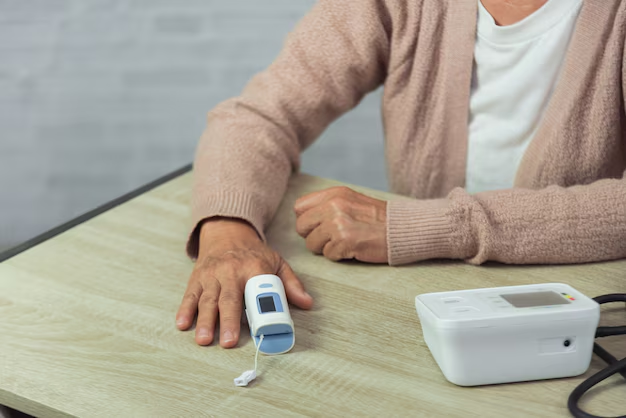Recognizing Diabetes: Key Signs and What to Do Next
Understanding whether you might have diabetes can often be a challenging task since many of its early symptoms can easily be mistaken for the exertions of everyday life. However, identifying these signs early can lead to better management of the condition before complications arise.
Recognizing the Symptoms
Diabetes manifests in different ways, and symptoms can vary from person to person. Here are some primary indicators that you might be dealing with diabetes:
- Frequent Urination: An increased need to urinate, particularly at night, might be a sign of the body's effort to rid itself of excess glucose.
- Excessive Thirst: A persistent and unusual thirst can occur due to the dehydration caused by frequent urination.
- Unexplained Weight Loss: Despite eating well, losing weight quickly can indicate your body is using muscle and fat for energy instead of glucose.
- Increased Hunger: Even with sufficient meals, persistent hunger can be a sign that glucose is not entering your cells properly to fuel the body, causing energy deficiencies.
- Fatigue: If tiredness persists despite adequate rest and nutrition, it could be due to inadequate insulin function or type 2 diabetes.
- Blurred Vision: High blood sugar can lead to swollen lens in the eyes, causing blurry vision.
- Slow-healing Sores and Frequent Infections: These symptoms can arise because of the body's impaired ability to heal and resist infections due to high glucose levels.
Diagnosis and Testing
If you experience these symptoms, it is crucial to consult a healthcare professional. A formal diagnosis typically involves fasting blood sugar tests, A1C tests, or an oral glucose tolerance test to determine blood sugar levels accurately.
Managing Diabetes Without Breaking the Bank
Once diagnosed, managing diabetes often incurs expenses, which can strain your finances. However, various resources are available to help ease this burden.
Government Aid Programs
Federal and state programs, such as Medicaid or Medicare, can help cover the cost of medications, supplies, and healthcare services for managing diabetes. Additionally, the Supplemental Nutrition Assistance Program (SNAP) provides food subsidies, which can help ensure you maintain a diabetes-friendly diet.
Financial Assistance
Organizations such as the American Diabetes Association provide resources for reducing out-of-pocket expenses. Pharmaceutical companies also offer savings programs or free medications to those who qualify based on income.
Educational Opportunities
Educating yourself about diabetes is immensely beneficial. Many local and online courses are inexpensive or free, offering valuable insights into effectively managing diabetes, dietary recommendations, and lifestyle modifications to maintain better glucose control.
Credit Solutions
If healthcare costs accumulate, various credit options such as low-interest healthcare credit cards or personal loans might offer temporary relief. Always explore these with caution and aim for the lowest possible interest rates to prevent accruing excessive debt.
Taking Action
Taking prompt steps can significantly impact how the diagnosis affects your life. Embrace both professional guidance and peer support groups to help manage your journey. And remember, it's crucial to keep an open dialogue with healthcare providers regarding costs and treatment plans.
Resources for Managing Diabetes Costs:
- 💊 Medicaid/Medicare: Helps cover medical expenses for those who qualify.
- 📊 SNAP (Supplemental Nutrition Assistance Program): Assists with grocery bills.
- 🏥 Pharmaceutical Assistance Programs: Check if you qualify for medication discounts or free medications.
- 📚 Free Diabetes Education Programs: Online and local classes offering skills for diabetes management.
- 💳 Healthcare Credit Solutions: Explore low-interest credit options if necessary.
- 💡 American Diabetes Association: Provides resources and information for financial assistance.
